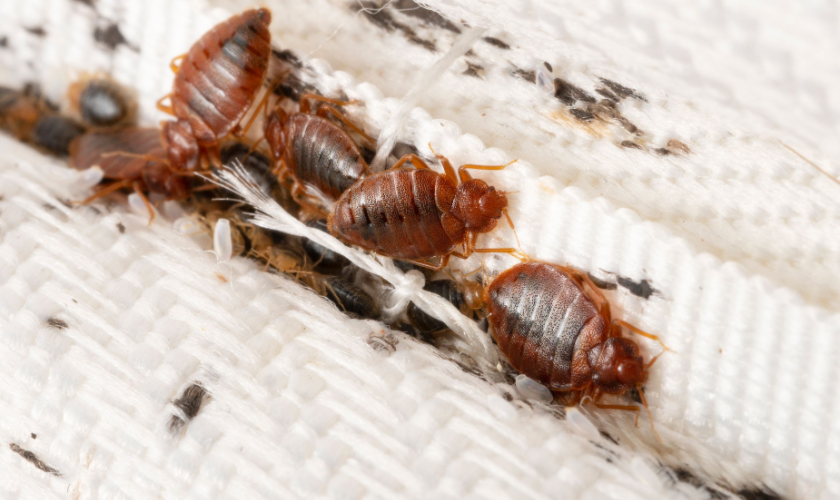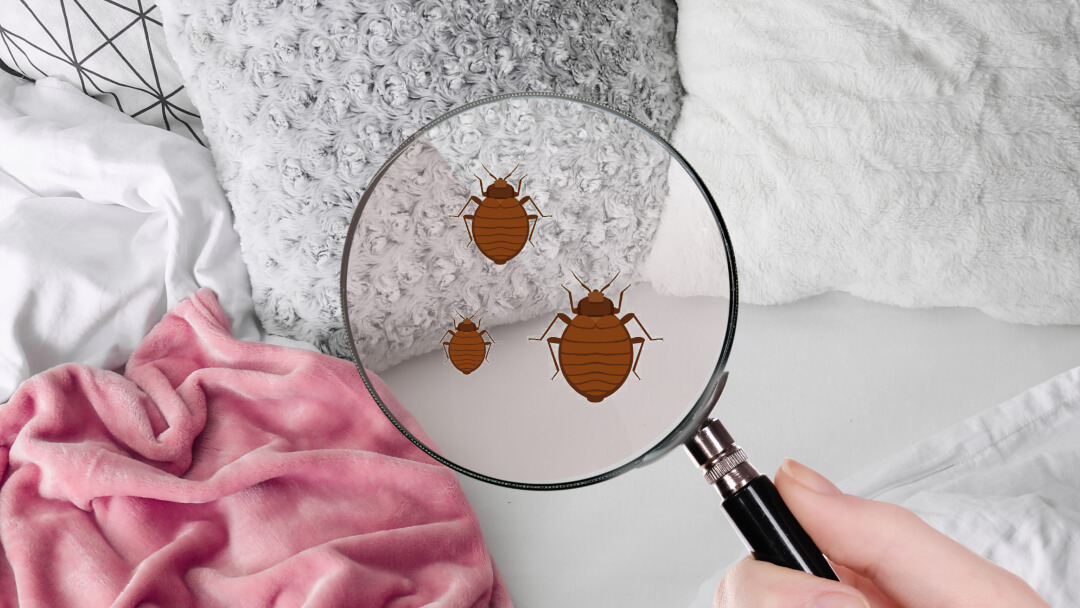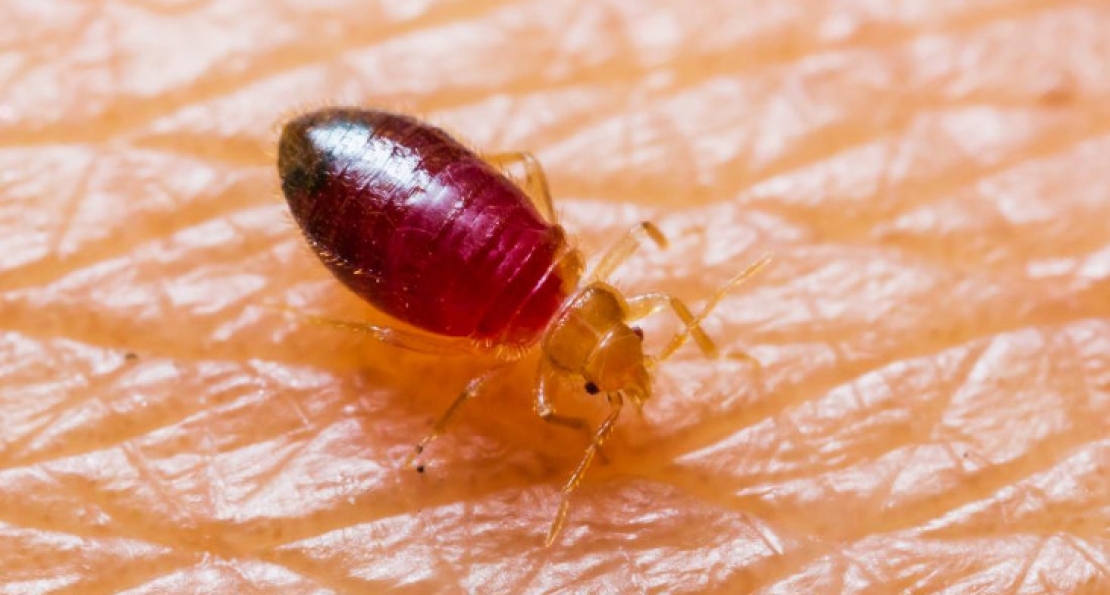Ideal Kings Bug Control Cincinnati: Top-Rated Exterminators
Ideal Kings Bug Control Cincinnati: Top-Rated Exterminators
Blog Article
Kinds Of Parasite Control: Which Approach Is Right for Your Invasion?
When encountered with an insect invasion, the choice of an ideal technique for insect control is essential in effectively taking care of the circumstance. From chemical therapies to biological remedies, there exists an array of techniques that can be employed to resolve different kinds of pests. Each technique includes its very own set of factors to consider and advantages, making the decision-making process a nuanced one. Understanding the subtleties of each approach and reviewing their compatibility with the details bug invasion available is important for attaining long-lasting success in bug administration. By checking out the different sorts of parasite control techniques offered, individuals can make educated choices tailored to their special situations, making sure an extra efficient and lasting result in pest removal.
Chemical Pest Control
Chemical pest control involves making use of artificial or normally derived chemicals to take care of and eliminate pest populaces properly. This method is generally used in agriculture, forestry, and residential settings to combat a wide variety of insects, consisting of rodents, bugs, and weeds. Using chemical pesticides can provide quick and targeted solutions to pest problems, making it a popular choice for several people and services.
One of the essential advantages of chemical pest control is its ability to promptly get rid of insects, minimizing the threat of damage to crops, home, and human health and wellness. By using specific chemicals that target specific pests, this approach can properly control invasions while minimizing injury to helpful microorganisms and the environment when applied properly.
However, making use of chemical pest control also increases issues regarding potential damaging results on non-target species, water sources, and human health. It is crucial to comply with safety guidelines, use chemicals sensibly, and take into consideration alternate pest control methods to reduce these dangers and ensure lasting pest administration techniques.
Biological Parasite Control
Biological insect control, also recognized as biocontrol, uses living organisms to take care of and reduce parasite populations normally. By using the bug's all-natural killers or microorganisms, organic bug control uses a sustainable and ecologically pleasant option to pest administration.

Mechanical Bug Control
Utilizing hands-on and physical methods to take care of parasite populations, mechanical parasite control offers an alternate strategy that does not depend on making use of living organisms or artificial chemicals. This approach involves the usage of barriers, catches, or other tools to physically discourage or get rid of parasites. By blocking parasite entry points or establishing more tips here traps to catch them, mechanical bug control can properly reduce infestations without introducing chemicals into the setting.
One common example of mechanical bug control is using mesh displays on doors and windows to stop pests from getting in buildings. This easy yet reliable technique acts as a physical obstacle, maintaining parasites out while permitting proper air flow. Furthermore, devices like mousetraps, fly swatters, and ultrasonic repellents fall under the mechanical pest control group.
While mechanical parasite control methods can be labor-intensive and need regular surveillance and upkeep, they offer a lasting and environmentally friendly service for taking care of insect problems. By integrating different mechanical methods, homeowner can create a thorough parasite control method that minimizes dependence on chemical pesticides.
Physical Parasite Control

Some usual physical bug control approaches include using barriers such as nets or screens to stop pest access, catches to catch and get rid of parasites, and hand-picking to literally get rid of insects from plants or structures. In addition, strategies like warm treatments can be utilized to manage insects like bed insects by elevating the temperature level to levels that are deadly to the pests.
Physical parasite control is particularly valuable in integrated bug monitoring (IPM) methods, where numerous bug control techniques are integrated for reliable insect administration while decreasing the usage of chemicals. By using physical bug control methods, individuals can effectively deal with insect invasions with very little environmental impact.
Integrated Parasite Administration
When executing physical insect explanation control techniques as component of bug monitoring strategies, Integrated Bug Administration (IPM) arises as an extensive method that leverages various techniques to effectively regulate pest populations. IPM concentrates on long-lasting prevention of insects through a mix of organic, cultural, physical, and chemical tools tailored to particular pest issues. By integrating multiple control methods, IPM intends to reduce the risks connected with insects while also reducing dependence on chemical remedies.
One trick facet of IPM is the emphasis on tracking and evaluating pest populations to figure out the most suitable control techniques. This proactive technique permits very early treatment and targeted techniques, bring about extra efficient pest monitoring. Additionally, IPM advertises eco-friendly techniques by prioritizing non-chemical control approaches and just making use of pesticides as a last hotel.
Conclusion

By utilizing the pest's all-natural killers or microorganisms, organic pest control offers a sustainable and ecologically pleasant service to pest monitoring. - Kings cincinnati pest control
Using hands-on and physical approaches to take care of pest populations, mechanical bug control provides an alternative strategy that does not count on the usage of living microorganisms or artificial chemicals.A reliable technique to handling parasite populations without relying on chemical or biological methods entails the usage of physical bug control techniques.When executing physical pest control approaches as component of insect monitoring strategies, Integrated Insect Administration (IPM) arises as an extensive technique that you could check here leverages different strategies to properly regulate pest populaces. Chemical parasite control includes the usage of chemicals, biological bug control makes use of all-natural killers, mechanical pest control entails physical barriers, physical insect control includes trapping or getting rid of pests, and incorporated pest management combines multiple techniques for a holistic approach to pest control.
Report this page